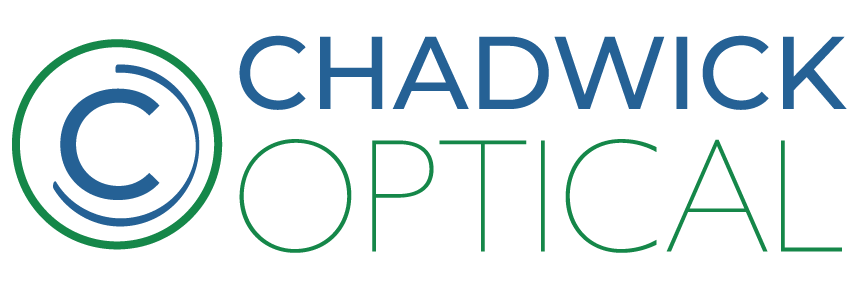Binocular Vision Dysfunction
WHAT IS BINOCULAR VISION DYSFUNCTION (BVD)
You have two eyes, but you see one thing. This is one of the many magical properties of the human visual system.
It doesn’t always work as planned. Sometimes, the eyes don’t work together. Binocular Vision Dysfunction (BVD) is a catch-all phrase for multiple conditions where the eyes don’t work together. They can be brought about by a head or eye injury, muscle imbalances, misaligned eyes and even conditions affecting the nervous system.
Some of the more common conditions include convergence insufficiency, strabismus, amblyopia and vertical heterophoria, to name a few.
What Does BVD Feel Like
The inability to fuse two images into one can cause eye strain, headaches, blurred or double vision, photophobia, balance issues and dizziness. Your patient will likely have trouble reading because they can’t focus on the words.
They may also suffer from social isolation and avoid crowds due to potential overstimulation.
Because of the multiple symptoms caused by BVD, it can often be misdiagnosed as a migraine or even ADHD in children.
Binocular Vision Dysfunction Treatment
Binocular Vision Dysfunction can be treated with vision therapy and/or redirecting the incoming image by using prism in a patient’s glasses. The prism bends light and allows the images to be redirected on the retina, aligning the retinal images and improving comfort. This is invaluable to someone suffering from a BVD like convergence insufficiency.
There are many different types of strategies in prescribing prism, and each type requires precise measurement and fitting to be helpful. Practitioners prescribe prism after careful analysis of:
- The specific vision issue (convergence insufficiency, strabismus, etc.)
- The amount and direction of eye turn
- The patient’s ability to focus at near vs. distance
- The patient’s comfort and adaptation
Prism is prescribed in many different ways to help patients with BVD and can roughly be categorized as: standard, yoked, micro and base-in.
STANDARD & PARTIAL PRISM
Prism is prescribed horizontally or vertically to align images. Chadwick has made prisms up to 40Δ in power in special circumstances.
In addition, we often get requests for prism at near only or at distance only. Using slab-offs, slab-ons and Franklin multi-part lenses, we can always find a suitable lens design to meet these needs.
YOKED PRISMS
Yoked prisms are equal in power and direction. This means they shift the entire visual field in the same direction for both eyes. Their purpose is not to realign the eyes but to shift the entire visual space to better match a person's spatial perception, posture or neurological needs. For this reason, they are a powerful tool in neuro-optometric rehabilitation and can significantly improve function in various visual-spatial and neurological conditions.
Yoked prisms might be used for:
- Visual-Spatial Disorders
- Posture and Balance Issues
- Unilateral Spatial Inattention (USI) or Neglect (common after a stroke)
- Visual Midline Shift
- Reading and Learning Issues (such as for children who have a “narrow window of recognition”)
- Sensory Processing Disorders
- Motion Sensitivity or Vertigo
- Enhancing Sports Performance
- Improving Computer Use
MICRO PRISMS
If you close one eye and then the other rapidly, you’ll probably notice a slight vertical or horizontal difference in where each eye’s image is positioned. Your brain normally takes these two images and figures it out. But it utilizes a certain amount of energy to do so. At times when available energy is minimized, such as in brain injury recovery, the brain’s ability to figure it out can be compromised. Microprisms can help by taking the load off the brain to stitch these images together.
Micro prisms can be very small in power (e.g., 0.25Δ or 0.5Δ). When prescribing them, it’s important to remember the potential impact of induced prism by anisometropia and the prism changing at oblique gaze angles. Microprism can easily be offset accidentally by errant position of wear measurements or frame adjustments on higher prescriptions.
BASE-IN PRISMS FOR CONVERGENCE INSUFFICIENCY
When you focus on something near, your eyes turn inward to form a virtual triangle focused on the material at hand. This turning inward relies on the eye muscles to hold the triangle in place. Convergence insufficiency is a frequently occurring binocular vision disorder where a person’s eyes get very tired from holding the triangle.
Base-in prisms help to compensate for convergence insufficiency by enabling the eyes to hold the triangle. The base of the prism is placed towards the nose, which shifts the image outward. With the images shifted outward, the eyes don’t have to turn as far inward.
This technology has been utilized for decades, and is the force behind the Neurolens “contoured prism” technology.

